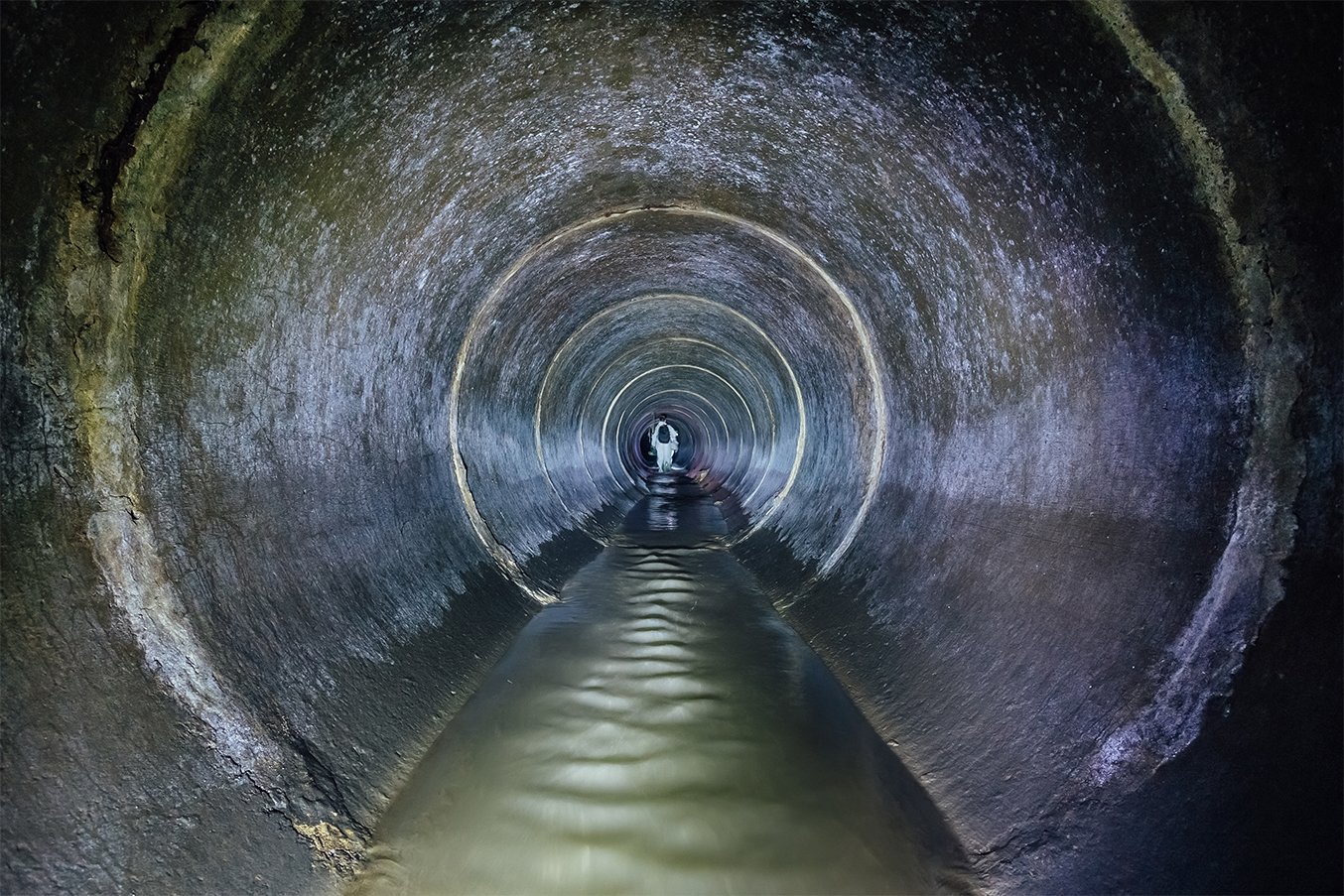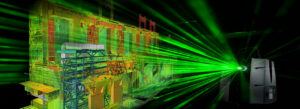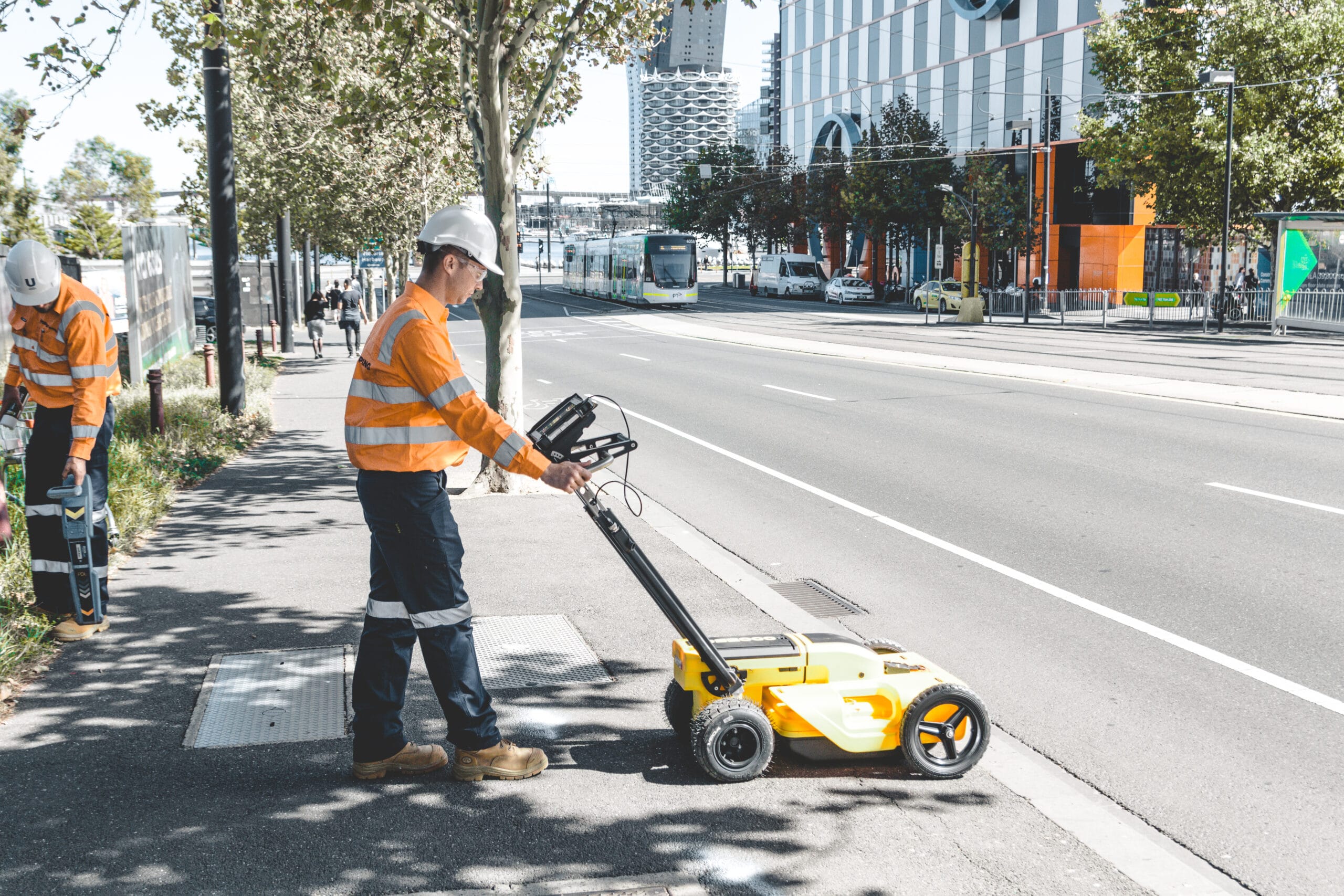In the realm of civil engineering and infrastructure maintenance, understanding the condition of manholes and pipelines is crucial for ensuring efficient drainage systems and preventing costly failures. Manhole and conduit condition surveys provide invaluable insights into the structural integrity and operational status of these essential components. This article delves into the various types of surveys conducted, their methodologies, and the benefits they offer to engineers and asset owners.
Manhole Condition Survey
A Manhole Condition Survey is a critical assessment that gathers detailed information regarding the dimensions, connectivity, and internal structural conditions of manholes. This survey serves as a foundation for engineers to design future upgrades and improvement works, ensuring that drainage systems function optimally.
Key Features of Manhole Condition Surveys
- Dimension and Connectivity Analysis: The survey collects data on the internal dimensions of existing manholes, along with the configuration and condition of incoming and outgoing pipes. This information is essential for understanding the current system’s capacity and functionality.
- Preliminary Review: The survey can function as a quick and preliminary review of the existing drainage system. It helps identify any illegal discharges into the manholes, which could indicate unauthorized connections or environmental violations.
- Cost-effective Probe Inspections: Waterland offers manhole probe inspection surveys, providing a preliminary overview of the condition of incoming and outgoing pipes without the need for a full CCTV survey. This approach is both time-efficient and cost-effective, making it an attractive option for clients seeking quick assessments before further design or investigative work.
Conduit Condition Survey – CCTV Survey
Closed Circuit Television (CCTV) surveys represent a sophisticated method for assessing the internal condition of pipelines and ducts. By utilizing a small camera head, these surveys yield high-resolution images that offer a visual inspection, allowing for a detailed grading of the structure and service condition of the pipelines.
Advantages of CCTV Surveys
- Visual Inspection: The implementation of CCTV technology allows for an in-depth visual inspection of pipelines, providing clarity on structural integrity and service conditions based on the guidelines set by the WAA/WRC “Manual of Sewer Condition Classification.”
- Advanced Equipment: Waterland employs the latest in CCTV technology, utilizing color pan-and-rotate cameras with self-propelling units and push-rodding accessories. This equipment is capable of inspecting a wide range of pipe sizes, from 75mm to 1500mm in diameter, ensuring comprehensive coverage of various infrastructures.
Totally Integrated Sonar and CCTV Inspection Technology (TISCIT) Survey
Traditionally, surveying submerged pipelines has posed significant risks and challenges. The introduction of TISCIT technology has revolutionized this process, allowing asset owners and contractors to obtain crucial pipeline condition data even under high water levels.
Features of TISCIT Surveys
- Floating CCTV Inspection: This method provides a visual assessment of the above-water condition while sonar technology allows for visualization beneath the water level. This dual approach enhances the thoroughness of the inspection.
- Enhanced Safety: By minimizing the need for divers or traditional inspection methods, TISCIT surveys reduce risks associated with submerged pipeline assessment.
Sonar Survey Technology
The latest advancements in sonar technology facilitate the inspection of pipelines without the dangers associated with conventional methods. Sonar surveys can clearly visualize the structural condition below the water level, providing critical data for maintenance and rehabilitation efforts.
Applications of Sonar Surveys
- Surcharge Analysis: Sonar surveys are particularly effective in assessing fully surcharged or partially surcharged pipes and box culverts, providing insights into service and structural integrity.
- Silt Level Measurement: These surveys can measure silt levels in pipelines, helping to identify potential blockages or sediment accumulation.
- Deformation Detection: The technology enables the detection of any structural deformation that may compromise the pipeline’s integrity.
Benefits of Sonar Surveys
- Continuous Scanning: With 100% profiling capabilities, sonar surveys can continuously scan and assess existing or newly laid pipes and box culverts.
- Portable and Waterproof: The portable design and IP68 waterproofing feature of sonar equipment ensure that inspections can be conducted in various environments without compromising safety or effectiveness.



